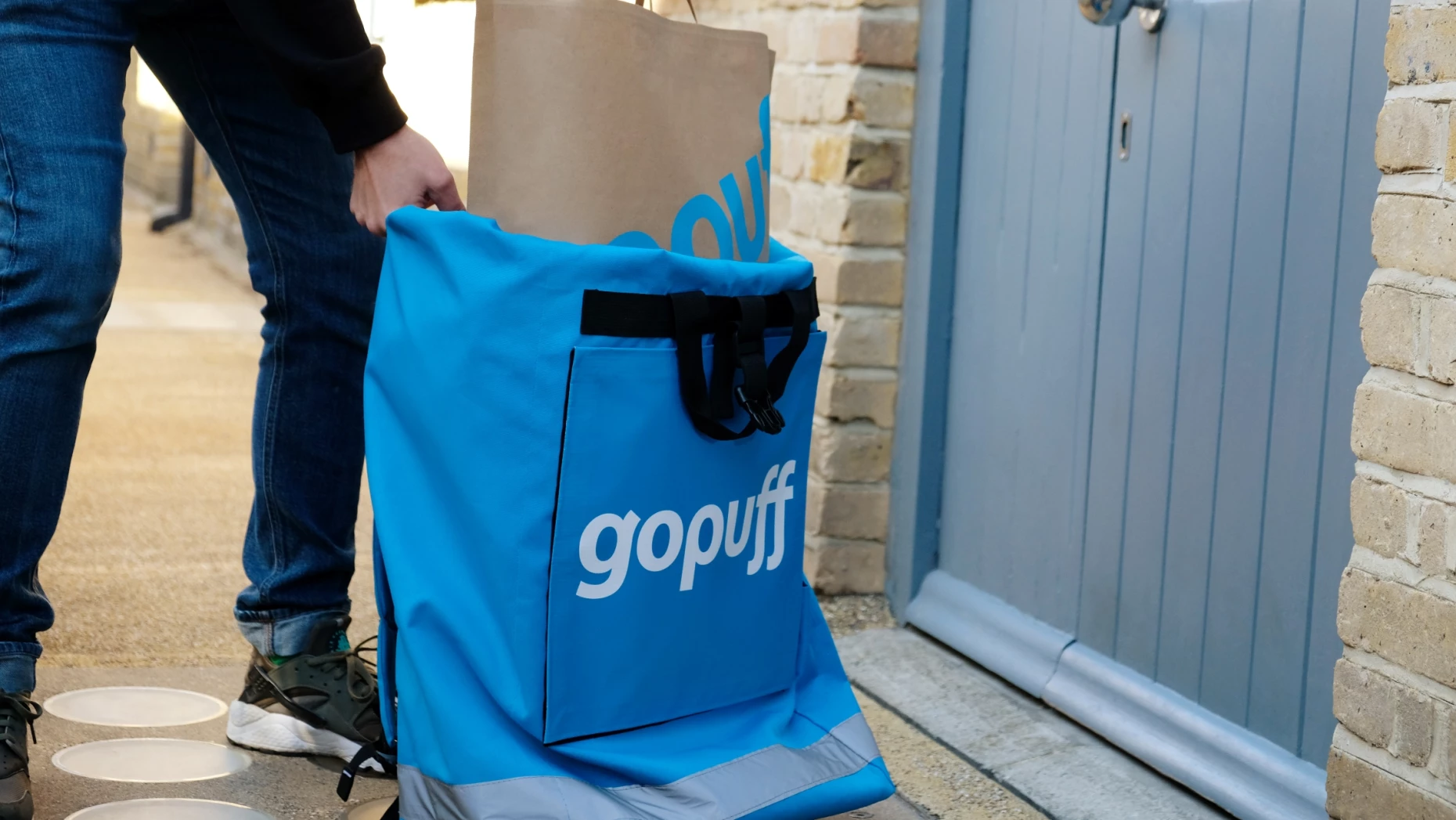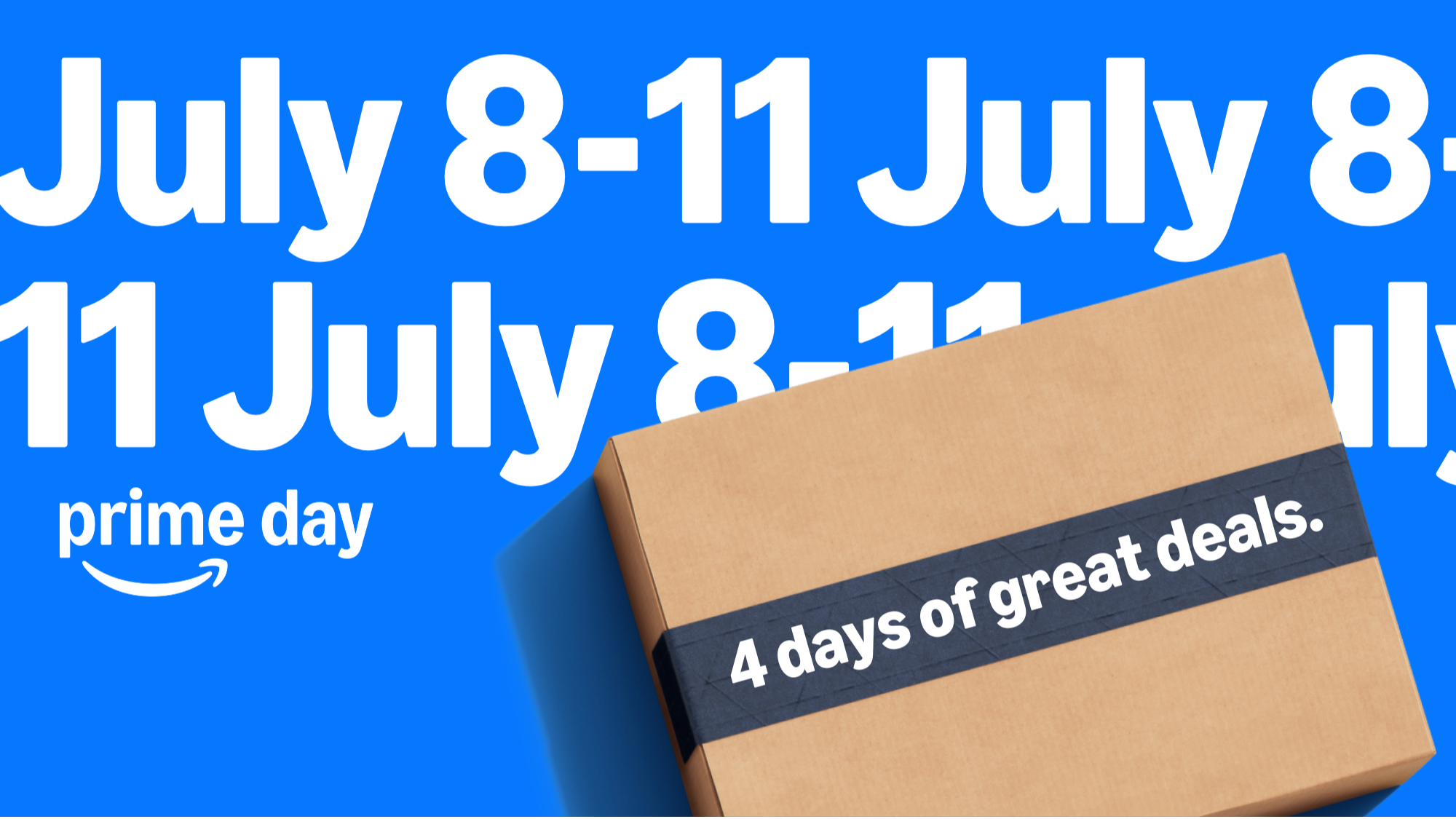Online retailers across the United States are expected to generate $23.8 billion in sales during this year's Prime Day event, according to new forecasts from Adobe Analytics.
The extended 96-hour shopping period represents a significant increase from previous years' shorter timeframes.
Discounts are projected to remain at historically high levels, matching the substantial deals offered during last year's Prime Day event. Overall price reductions across US retailers will range from 10 per cent to 24 per cent off listed prices, with apparel leading the way at 24 per cent discounts compared to 20 per cent last year.
Electronics are expected to see 22 per cent discounts, down slightly from 23 per cent previously, while televisions will offer 17 per cent reductions compared to 16 per cent last year. Other categories showing strong discount levels include appliances at 16 per cent, toys at 15 per cent, furniture at 14 per cent, computers at 12 per cent, and sporting goods at 10 per cent.
Consumer behaviour is shifting towards higher-value purchases, with shoppers expected to "trade up" to more expensive items driven by strong discounts. The share of the most expensive goods is set to increase by 18 per cent compared to average levels year-to-date. Electronics lead this trend with a 52 per cent increase in premium product share, followed by sporting goods at 32 per cent, appliances at 29 per cent, and furniture at 28 per cent.
Back-to-school shopping is driving significant category growth, with online sales for backpacks and lunchboxes expected to surge 225 per cent compared to the daily average in June 2025. Children's apparel is projected to rise 200 per cent, while general school and office supplies are anticipated to grow 180 per cent. College-related items including twin and full mattresses are expected to increase 55 per cent, with computers rising 140 per cent and headphones and speakers up 150 per cent.
Generative artificial intelligence is emerging as a notable shopping trend. During the 2024 holiday season, Adobe observed the first material surge in generative AI traffic to US retail sites, with traffic from AI sources increasing 1,300 per cent compared to the prior year. This Prime Day event is expected to see AI-driven traffic increase by 3,200 per cent year-on-year.
A recent Adobe survey of 5,000 US consumers found that 92 per cent of those who used AI for shopping said it enhanced their experience, with 87 per cent indicating they are more likely to use AI for larger or more complex purchases.
Buy Now Pay Later services are expected to account for between $1.8 billion and $1.9 billion of overall online spend, representing an 8 per cent share compared to 7.6 per cent last year. Meanwhile, paid search will remain the top driver of retail sales with an expected 28 per cent revenue share, while affiliates and partners, including social media influencers, will account for 19.9 per cent of revenue.
Latest News
-
Walmart to roll out AI audience sensors across hundreds of Mexican stores
-
Carrefour expands to Ethiopia through new partnership
-
Shoppers pay for items directly in Microsoft's Copilot through PayPal partnership
-
Very group lines up £2bn sale as Carlyle takes control
-
Tesco data shows only quarter of grocery purchases are habitual
-
ICO says personal shopping ‘AI-gents’ could arrive in next 5 years
Beyond Channels: Redefining retail with Unified Commerce
This Retail Systems fireside chat with Nikki Baird, Vice President, Strategy & Product at Aptos will explore how unified commerce strategies enable retailers to tear down these barriers and unlock new levels of operational agility and customer satisfaction.
The future of self-checkout: Building a system that works for consumers and retailers
In this webinar, industry leaders discussed what the future of self-checkout looks like and how retailers can make the technology work for everyone.
© 2024 Perspective Publishing Privacy & Cookies











Recent Stories